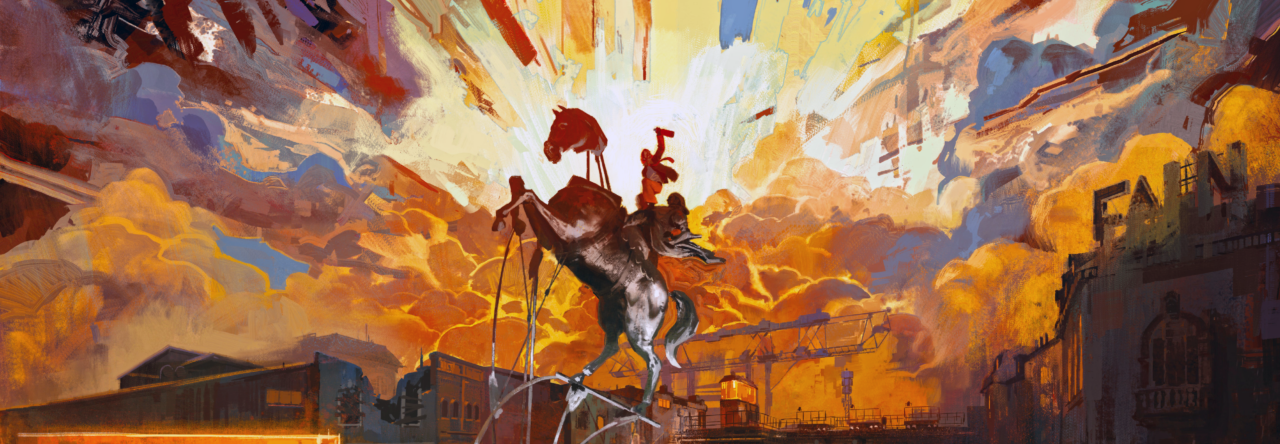About Knowledge
This week, I focused on the “system” component within video games, particularly the construction and operation of virtual economic systems. Through reading Games of Empire and Ian Bogost’s theory of procedural rhetoric, I began to reexamine how game systems are not merely mechanisms of entertainment, but vessels of ideology. Bogost (2007) argues that games convey particular worldviews and values through their procedural structures rather than being neutral or unconscious spaces. Looking back at major titles such as Grand Theft Auto and World of Warcraft, it becomes evident that in-game economies, looting, and labor mechanisms replicate and reinforce real-world capitalist logics and structures of neoliberal urbanism.
About Discussion
Based on these reflections, I raised a key question: Are transactions within games a form of real economic behavior?
This question not only touches on players’ consumption choices but also addresses the blurring boundary between virtual and real economies. Through systems like loot boxes, microtransactions, and gacha mechanisms, players unconsciously participate in market-like activities while being trained, psychologically and economically, to become ideal consumers. This phenomenon echoes the critique by Kline et al. (2003) that video games have functioned as tools of “new media consumer education”—teaching people not only how to play, but how to consume.
About My Project
In designing the exhibition, I began constructing an immersive and satirical installation: a fictional “Game Company Financial Report Wall.” It will mimic the aesthetic of real quarterly financial reports, presenting charts and figures about player expenditure on microtransactions, gacha pulls, and time investment. At first glance, the data will appear authoritative and serious; however, deeper inspection will reveal hidden critiques of capitalistic logic beneath the polished surface.
Simultaneously, I am writing a series of faux-real documents, such as The Player’s Investment Guide, The Philosophy of Gacha, and A Proposal for In-Game Microtransaction Taxation. These texts will be distributed throughout the exhibition space, allowing visitors to gradually experience cognitive dissonance as they realize: “This is not just satire—it reflects a real part of our lives.”
This phase of development has made me more aware that an exhibition should not merely point out problems but should construct a field of occurrence where problems can emerge organically. Just as Bogost suggests that procedural narratives make audiences experience a story rather than hear it, curating can also act as a form of disruption—a violent interruption to the naturalized systems that shape our perceptions and behaviors.
—–
Reference
-
Bogost, Ian. Persuasive Games: The Expressive Power of Videogames. Cambridge, MA: MIT Press, 2007.
-
Dyer-Witheford, Nick, and Greig de Peuter. Games of Empire: Global Capitalism and Video Games. Minneapolis: University of Minnesota Press, 2009.
-
Kline, Stephen, Nick Dyer-Witheford, and Greig de Peuter. Digital Play: The Interaction of Technology, Culture, and Marketing. Montreal: McGill-Queen’s University Press, 2003.



Leave a Reply